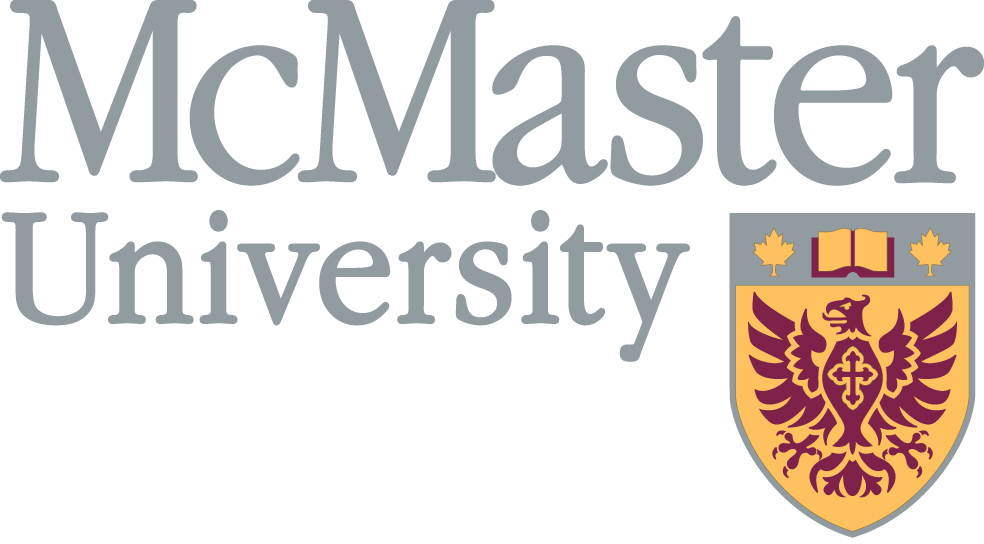2016 CMS Winter Meeting
Niagara Falls, December 2 - 5, 2016
Plenary Lectures
[PDF]
[PDF]
- DIANE MACLAGAN, University of Warwick
Tropical Geometry [PDF]
-
Tropical geometry is geometry over the tropical semiring, where
multiplication is replaced by addition and addition by minimum. This
turns objects from algebraic geometry into objects of polyhedral
geometry, and allows new combinatorial techniques to enter the area.
This simple idea has had a surprisingly large impact over the last
decade, both inside and outside algebraic geometry, including
connections to areas as diverse as number theory, combinatorics, mathematical biology, and
economics. In this talk I will survey a sampling of these ideas and
applications, and introduce some of the algebraic foundations.
- NATASA SESUM, Rutgers University
Ancient solutions and singularities in geometric flows [PDF]
-
Ancient solutions appear as singularity models in geometric flows.
Understanding those is important for understanding singularities that
occur while flowing a metric in either the Ricci flow or the Yamabe
flow or flowing a hypersurface in the mean curvature flow. In the first part of the talk we will
give an overview of known properties for ancient solutions and our
recent classification results of those, especially in the mean curvature flow. In the second part of the talk we will discuss extension results for the mean curvature flow.
- GLEN VAN BRUMMELEN, Quest University
History for the Future: Heavenly Storytelling in the Mathematics Classroom [PDF]
-
We learn best through stories, and the development of mathematics is one of the greatest stories ever told. History provides a rich context for motivating topics, identifying research approaches, applying critical thinking, and illustrating the deep implications of mathematical discoveries. We will explore the power of history in the mathematics classroom through several examples, especially the invention of trigonometry and precursors to numerical analysis in pre-modern mathematical astronomy. Resources for pedagogical materials will be highlighted, and we will suggest avenues for curricular development.
- KAROL ZYCZKOWSKI, Jagiellonian University, Cracow, Poland
On Mathematics useful in Quantum Theory (a personal perspective) [PDF]
-
Which branches of mathematics are the most important for a physicist
working in quantum mechanics? How to foster an interdisciplinary
collaboration of a physicist and a mathematician?
Basing on personal experience concerning research related to
dynamical systems, geometry of convex sets, differential geometry,
operator theory, combinatorics, linear algebra, matrix analysis and random matrices
I will try to argue that such a collaboration is possible and can be fruitful.





